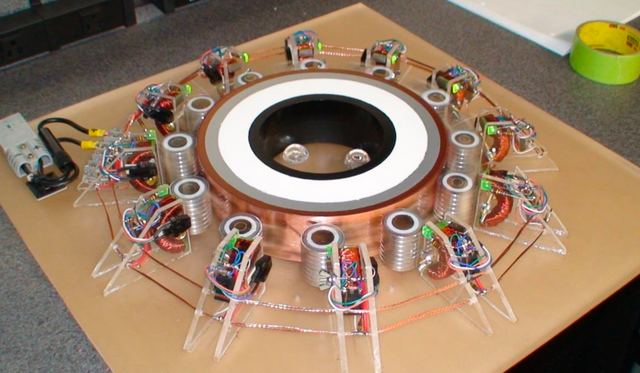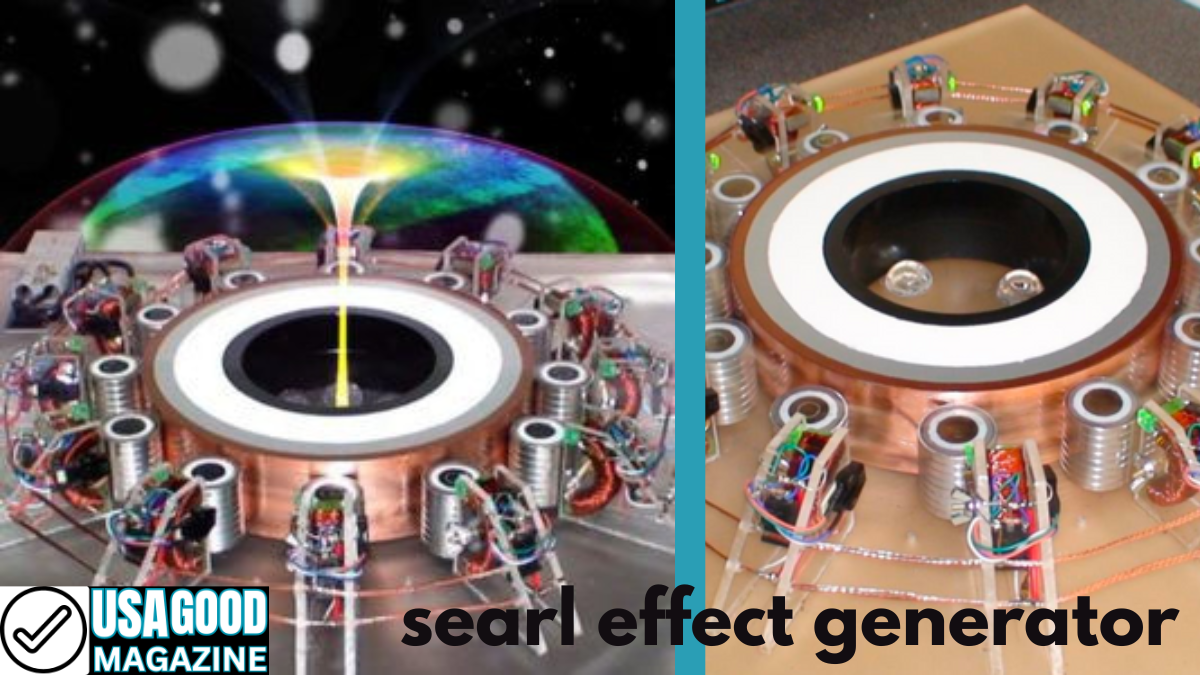Introduction to the Searl Effect Generator (SEG)
Imagine a world where energy is abundant, clean, and accessible. This vision has been the driving force behind numerous innovations throughout history. One of the most intriguing concepts in this realm is the Searl Effect Generator (SEG). But what exactly is it? Is it a groundbreaking solution that could change how we harness power, or merely an elaborate theory with no tangible results? As renewable energy becomes increasingly critical to our future, exploring revolutionary technologies like the SEG sparks curiosity. Join me on a journey through its origins, workings, controversies, and potential applications as we explore whether the Searl Effect Generator represents a genuine breakthrough or an alluring idea waiting to be realized.
The History of the SEG and its Inventor, John searl effect generator
The Searl Effect Generator has an intriguing backstory rooted in innovation and controversy. Its inventor, John Searl, began his journey in the 1940s when he stumbled upon a series of magnetic experiments that led to groundbreaking discoveries.
searl effect generator claimed he could generate energy using rotating disks made from unique materials. This revolutionary concept suggested a perpetual motion machine capable of harnessing energy without fuel. His vision promised clean energy long before renewable sources became mainstream.
However, skepticism followed him throughout his career. Many scientists dismissed his claims as fanciful ideas lacking scientific validation. Undeterred by criticism, Sesearl effect generator arl continued refining his designs while attempting to demonstrate their viability to the world.
His work remains both inspiring and controversial within alternative energy circles today. The quest for understanding the SEG continues amidst debates over its authenticity and potential applications.
How Does the searl effect generator Work?
The Searl Effect Generator (SEG) operates on a principle that merges magnetism and motion. At its core, the SEG involves three distinct discs that rotate above one another. These discs are embedded with magnetic materials designed to create a unique energy field.
As the discs spin, they generate electromagnetic waves. This movement is said to produce an anti-gravity effect, allowing for what some describe as autonomous energy generation. The idea is that once initiated, the system can continue without external power sources.
This interaction between magnets and rotating elements creates a dynamic flow of energy. Proponents argue this process could lead to efficient electricity production while minimizing waste and emissions. However, replicating these results consistently has proven difficult in practical applications.
Advantages and Disadvantages of Using the SEG

The Searl Effect Generator promises a range of intriguing advantages. It claims to offer clean, renewable energy without the need for traditional fuel sources. This could lead to significant reductions in greenhouse gas emissions.
Another appealing aspect is its potential for low operational costs. Once established, an SEG might require minimal maintenance compared to conventional power systems. Additionally, the concept suggests that it can produce more energy than it consumes.
On the other hand, skepticism looms over its practical viability. Critics argue that despite its theoretical backing, tangible results remain elusive. The complexity of construction and the materials required may also pose challenges.
Moreover, regulatory hurdles could hinder widespread adoption. Without formal validation from recognized institutions, investors and governments may hesitate to fully support such initiatives. Balancing innovative ideas with realistic implementation remains a pressing concern in discussions around this technology.
Criticism and Controversy Surrounding the SEG
Since its inception, the Searl Effect Generator has sparked significant debate. Critics often label it pseudoscience, arguing that the principles behind the SEG violate established laws of physics. Skeptics demand empirical evidence to support claims of perpetual motion and energy generation without fuel.
Some former collaborators have voiced concerns about John searl effect generator methods and reluctance to share detailed technical data. This lack of transparency raises red flags for many researchers in the scientific community.
Moreover, mainstream scientists have yet to replicate SEG technology under controlled conditions. The absence of peer-reviewed studies further fuels skepticism, leaving many wondering if it’s merely a fanciful concept rather than a viable energy solution.
Social media platforms amplify these discussions, where enthusiasts ardently defend the generator while critics express their doubts openly. This polarization keeps the conversation alive but complicates efforts to explore potential applications or validate this controversial invention.
Real-World Applications and Success Stories of the searl effect generator
The Searl Effect Generator has sparked interest across various sectors, showcasing its potential beyond theoretical discussions. Some early prototypes have reportedly powered small machines, offering a glimpse into the SEG’s capabilities.
In niche communities, enthusiasts have experimented with the generator in off-grid energy solutions. These projects highlight how the SEG could provide sustainable power to remote areas.
Certain inventors and researchers are exploring applications in transportation. Imagine vehicles that harness this energy source for cleaner travel options.
Moreover, some success stories suggest that the SEG might be helpful in renewable energy systems, complementing solar or wind technologies. This synergy could enhance overall efficiency and sustainability.
While mainstream adoption remains elusive, these real-world efforts indicate a growing curiosity about what the Searl Effect Generator can achieve outside lab settings.
Is the SEG a Valid Energy Solution or Just a Concept?
The Searl Effect Generator (SEG) has sparked significant interest in the energy community. Some view it as a groundbreaking solution to our escalating energy demands. Others, however, remain skeptical.
Proponents argue that the SEG could transform how we harness energy from the environment. Its potential for providing clean and sustainable power is compelling. The allure of free energy—unbound by conventional fuel sources—captures the imagination.
Critics point out that despite its fascinating principles, practical implementations are rare. Many prototypes have not yielded consistent results or reliable outputs, raising concerns about its viability as a widespread solution.
Moreover, scientific validation still needs to be discovered. Without rigorous testing and replication by independent experts, doubts linger around its legitimacy as an alternative energy source. The divide between enthusiasts and skeptics grows more profound each year in this ongoing debate surrounding the SEG’s true potential.
Conclusion: The Future of the searl effect generator
The future of the Searl Effect Generator remains a topic of intrigue and debate. As interest in sustainable energy solutions grows, many are drawn to the promise offered by this unconventional technology. Advocates believe that it could pave the way for clean and abundant energy.
However, skepticism persists among scientists and engineers who demand empirical evidence to support its claims. The lack of widespread acceptance raises questions about its practicality and efficiency compared to existing technologies.
While some small-scale experiments have shown potential, large-scale implementation still eludes proponents of the SEG. Future advancements in research may provide more precise insights into its viability.
Collaboration between inventors like John searl effect generator and scientific communities will be crucial as we progress. This partnership could bridge understanding gaps while addressing safety and functionality concerns.
Whether the Searl Effect Generator transitions from concept to reality hinges on rigorous testing, validation through peer-reviewed studies, and an open-minded approach toward innovation. Time will tell if this revolutionary idea can transform our energy landscape or remain a fascinating footnote in alternative energy discussions.
